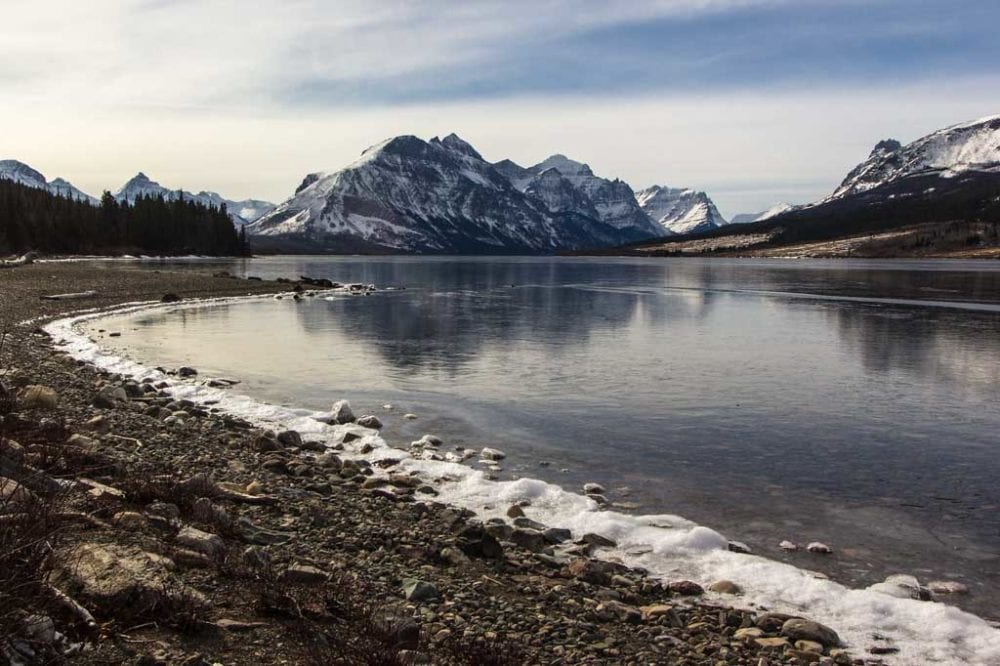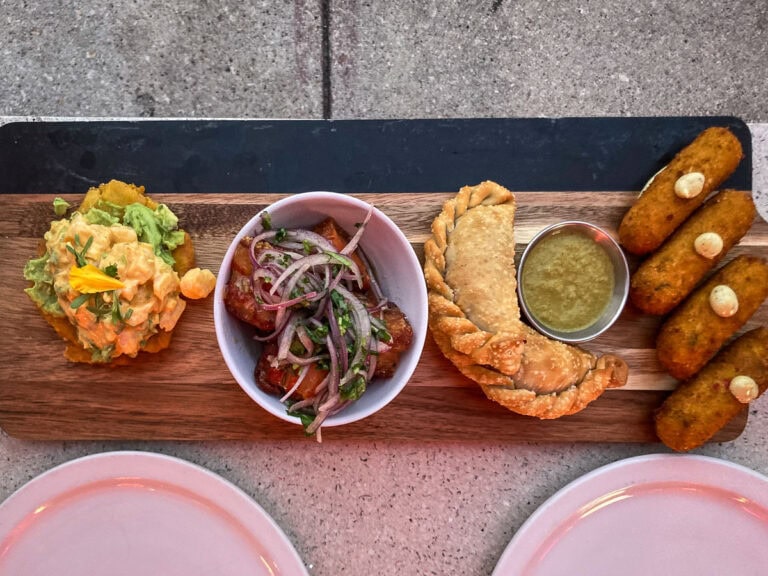Glacier National Park Reopens Access to Its East Side
After a full-year closure, Glacier National Park announced that it will reopen access to its East Side on Thursday, March 18. The entrances at Cut Bank, St. Mary and Two Medicine will be open for foot traffic, snowshoes and skis.
All current winter closures will, however, remain in effect for the time being.
The East Side of Glacier National Park Will Reopen Again

Access to the Going-to-the-Sun Road from the East Side will also reopen—the road will be open to vehicle traffic for 1.5 miles, from the St. Mary Entrance to the winter gate closure at St. Mary Campground. From this point, further access is allowed either on foot, skis or snowshoes. Note, though, that the St. Mary Campground remains closed for winter camping until further notice.
All other roads into the East Side of Glacier National Park will stay closed to vehicle traffic due to winter conditions and/or construction.
This includes both the Cut Bank and Two Medicine roads, which will be open only to pedestrians, skiers and snowshoers.
The Many Glacier Road is currently under construction, which started on March 15, and will remain closed to vehicle traffic through May 28. Hikers and bikers, however, can access the Many Glacier Road only on Saturdays and Sundays, this also through May 28.
Be Prepared When Visiting Glacier National Park in Winter and Spring
The National Park Service reminds visitors that it is still very much winter in Glacier National Park. Conditions are unpredictable, as they tend to be in this mountainous region, and things can turn dangerous pretty quickly at any time. When visiting Glacier in winter and spring, be prepared for sudden snow storms, strong winds and icy road conditions. Remember that cell phone service is spotty at best in the park.
Access to the East Side of Glacier National Park has been closed since March 2020 to protect the people of Blackfeet Indian Reservation, which borders the park on the east, from COVID-19 due to high-risk members of the community.
The decision to reopen Glacier National Park’s East Side was made after close consultation between health officials from the National Park Service, Indian Health Service, the Blackfeet Tribe, Glacier County and the state of Montana.







